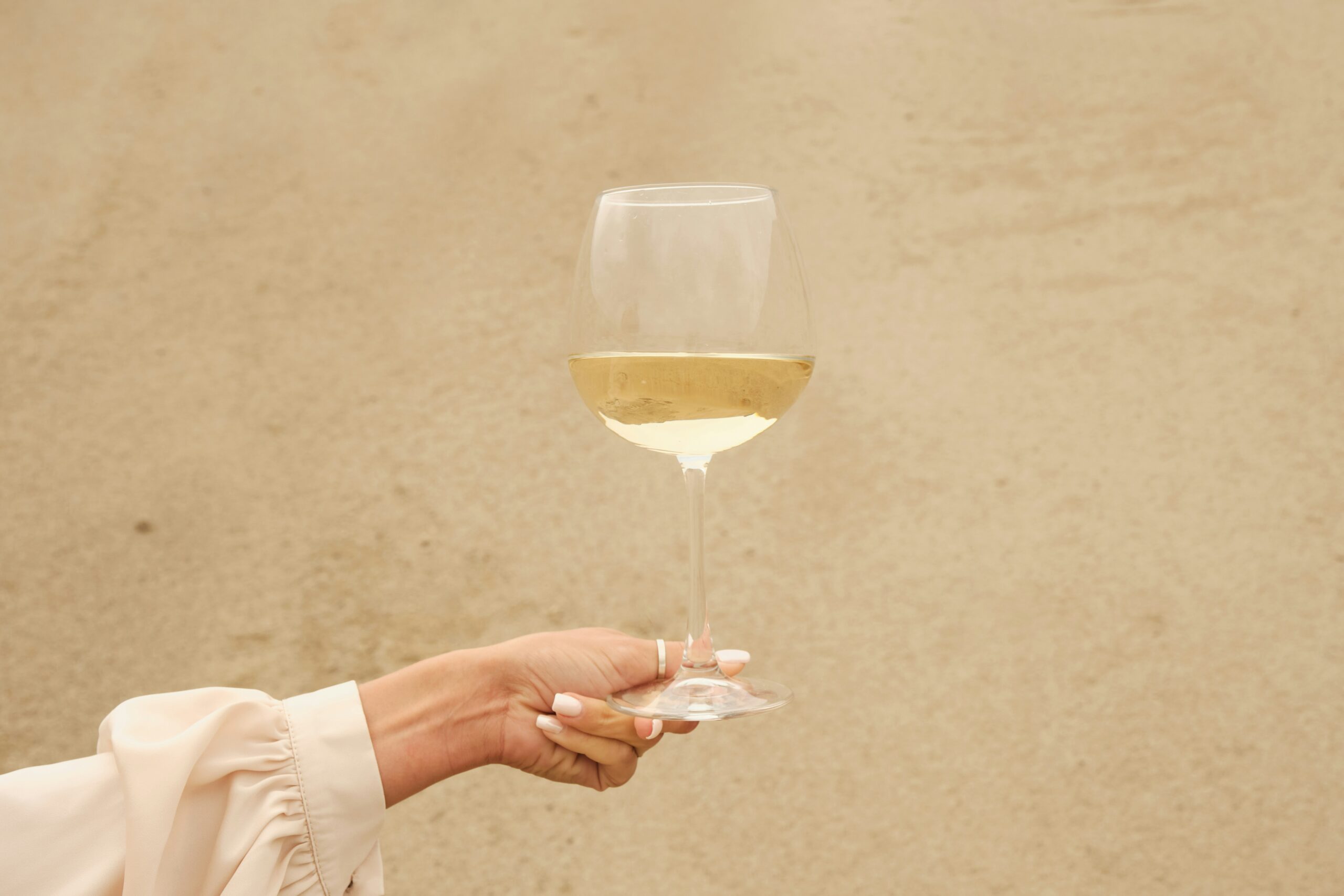
Understanding the Foundations of Wine Tasting
Wine tasting is more than a casual sip—a refined sensory experience blends memory, perception, and appreciation. At its core, wine tasting engages the senses to explore a wine’s complexity. Whether you’re a seasoned sommelier or a curious newcomer, the process draws on attention to detail, cultural context, and personal intuition. It isn’t about finding the “right” answers, but about understanding what makes a wine distinct and how it speaks to the place and process from which it came.
The journey begins with the eye. Visual inspection of a wine reveals its color, clarity, and viscosity. These cues often hint at grape variety, age, or alcohol content. A bright, youthful white might glow pale green or straw, while an older red may shift from ruby to brick. Clarity and brilliance can signal proper fermentation and bottling practices, while cloudiness might indicate faults or unfiltered bottling choices. The legs—or “tears”—that form on the side of a wine glass when swirled suggest alcohol and glycerin content, but they are more decorative than diagnostic.
Engaging the Nose and the Imagination
The second step, known as the “nose,” involves smell. This stage alone can reveal hundreds of aroma compounds—floral, fruity, earthy, spicy, and mineral elements that evolve over time in the glass. Some wines release subtle fragrances of crushed violet, ripe plum, vanilla, or wet stone, all offering clues to the grape, aging process, and terroir. Swirling the wine in the glass increases surface area and oxygen contact, helping volatile aromatics to emerge. Professionals often speak of primary aromas (from the grape), secondary aromas (from fermentation), and tertiary aromas (from aging). Recognizing these distinctions helps you understand the wine’s structure, age, and complexity.
This step often ignites memory. A whiff of green bell pepper may transport someone back to their grandmother’s garden, or a hint of cedar might remind another of old libraries. This interplay between scent and emotion is what makes wine tasting so deeply personal. There’s as much storytelling in a glass of wine as there is chemistry.
The Palate and the Complexity of Taste
Tasting is the third act. When wine touches the tongue, a complex dance of sweetness, acidity, tannins, alcohol, and body unfolds. These components shape how we perceive structure. For white wines, acidity plays a starring role—think of the crisp bite of a Sauvignon Blanc or the mellow smoothness of a Chardonnay aged in oak. For reds, tannins and body dominate, ranging from light and elegant to bold and robust.
The initial flavor—often called the “attack”—gives way to a mid-palate experience where balance and texture are felt. A silky Pinot Noir offers a very different mouthfeel than a grippy young Cabernet Sauvignon. Then comes the finish, the lingering sensation that remains after swallowing or spitting. A long, evolving finish with layers of flavor indicates a well-crafted wine, one that rewards close attention.
It’s in this step that pairing matters. Wine rarely exists in a vacuum; it thrives alongside food. The acidity of a white can cut through the richness of cream-based dishes, while the structure of a red complements the umami depth of grilled meats or aged cheese. Wine tasting isn’t just about isolated evaluation but about understanding how wine interacts in the broader sensory world.
Context, Culture, and the Evolution of Taste
Tasting wine is also about appreciating where it comes from. Terroir—a term referring to the environment in which grapes are grown—includes soil, climate, altitude, and even local yeast cultures. Two wines from the same grape variety can taste dramatically different depending on where they’re made. A Syrah from the Rhône Valley might show peppery restraint, while its counterpart from Barossa in Australia might lean toward ripe blackberry and mocha.
Then there’s the human hand. Decisions in the vineyard—such as harvest timing, pruning, and irrigation—and choices in the cellar—like fermentation vessels, aging time, and filtration—leave fingerprints on the final product. Wine tasting connects the drinker to these decisions and the philosophies behind them. Some winemakers embrace natural or biodynamic methods, while others use advanced technology to ensure consistency and precision. Tasting is a way to honor that craftsmanship.
Cultural context also plays a significant role. In some regions, wine is a daily table companion, while in others, it’s reserved for special moments. Different countries and communities develop unique flavor preferences and vocabulary. Understanding wine means not only learning to describe what you taste, but learning how others experience it too. This global perspective adds depth and humility to even the most technical taster’s journey.
The Personal Experience and Ongoing Discovery
Ultimately, wine tasting is a practice in mindfulness and curiosity. It’s about pausing, observing, and savoring—not just the wine itself, but the people, place, and moment it represents. There’s no one way to taste wine “correctly,” only better ways to be present while doing it. Each glass becomes a lesson, a conversation between your senses and the wine’s story.
Keeping a tasting journal can help capture impressions and sharpen your vocabulary. Over time, patterns emerge—preferences, themes, and memories. You may start to recognize the signature minerality of Loire Valley Chenin Blancs, or the vibrant acidity in cool-climate Rieslings. These observations help deepen your appreciation and confidence.
Whether at a winery in Napa, a vineyard in Tuscany, or a quiet dinner at home, wine tasting invites you to slow down and explore. Each bottle is a new map, and every sip is an invitation to learn not just about wine, but about taste, memory, and place.